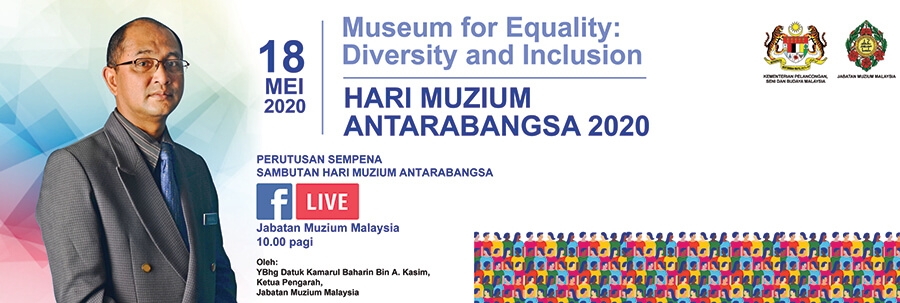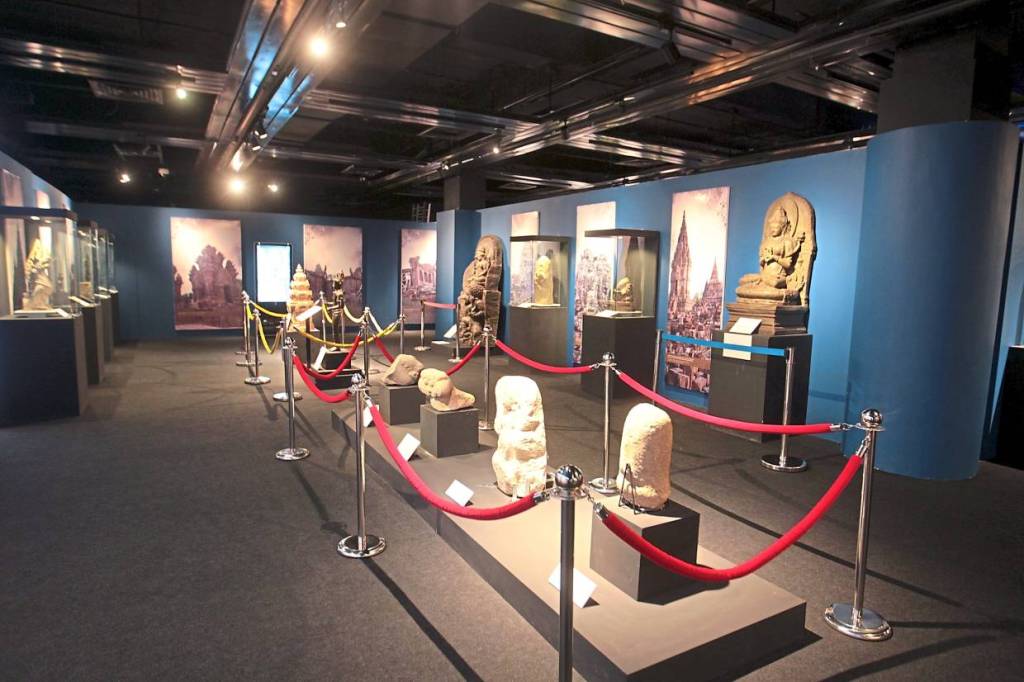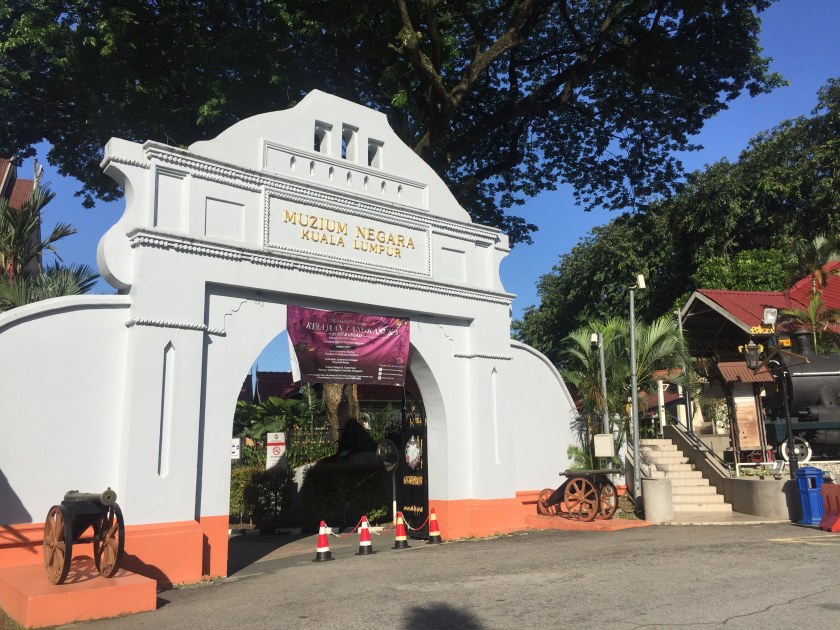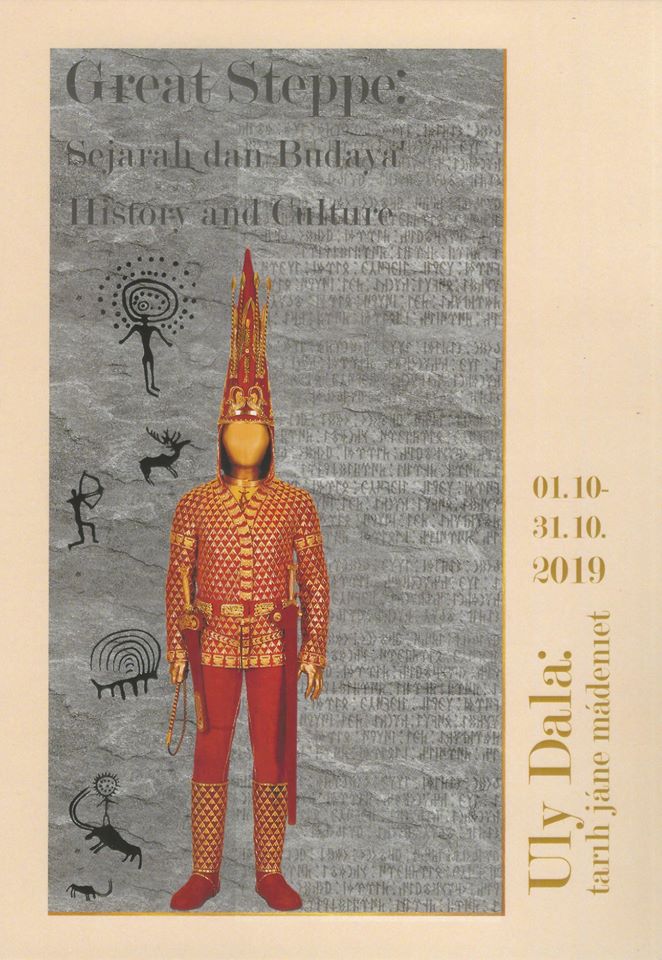by Annie Chuah Siew Yen
While the formal ‘museum’ did not emerge until the 17th century, collections of objects resembling this seemingly modern phenomenon date back thousands of years.
Museums have a long history going back to the 3rd century BCE, when the first known museums (of the ancient world) were opened in Egypt, Babylon and Mesopotamia. The oldest such in evidence was Ennigaldi-Nanna’s museum, dating from c. 530 BCE.
The remarkable woman Ennigaldi-Nanna, said to be the world’s first curator, was a Mesopotamian princess and priestess of the moon deity. Her museum, over 2500 years old, was centred on cultural heritage, and it is thought to have had an educational purpose. Along with her priestess role, Ennigaldi ran a scribal school for elite women. Thus, was founded for posterity the function and role of museums in preserving and curating items of cultural and historical value for education and enjoyment.

The early museums housed, cared for and displayed collections of curiosities in objects of cultural, artistic, spiritual and religious significance. The story of the world’s earliest museums shows the timeless appeal of conserving the treasures of past civilisations.
Although these institutions of antiquity were abandoned around 500 BCE due to deteriorating environmental conditions, museum culture spread to nearly every part of the world and today almost every country has at least one museum, no matter how small it may be. The concept of the museum has become a global concept that has survived through millennia.
The early museums were elitist and only the aristocrats could visit them. The public were excluded, but this focus has since shifted. Today, museums have redefined their missions, their goals and their functions, making their collections accessible to all – the researchers and the public. Still doubling as educational hubs and conservation centres, museums play a pivotal role in the preservation of culture and supporting the history of communities. Though they range in size and speciality, every museum’s mission revolves around the display and care of its collection, as well as continuous research on artefacts and thematic or general exhibitions.
The benevolent legacies of Elias Ashmole and James Smithson resulted in the establishment of institutions to further the cause of education and preservation of history.

Ashmole’s vision was to create a centre for practical research and the advancement of knowledge of the natural world, which, in his own words, “is very necessary to human life, health and the conveniences thereof.” Ashmole’s vision of a ‘place of curiosity which fuels a quest for knowledge’ is still being realised in the Ashmolean Museum, founded in 1683. It is the University of Oxford’s museum of art and archaeology. Its world-famous collections range from Egyptian mummies to contemporary art, telling human stories across cultures and across time.
In 1829, Englishman James Smithson died at the age of 64 and left more than $500,000 (the equivalent of $9.6 million today) to the “United States of America, to found … an Establishment for the increase & diffusion of Knowledge”. In the annals of philanthropy, there exist few more inscrutable final testaments than this – Smithson had never set foot in USA. The Smithsonian, begun in 1846, is a group of 17 museums and research centres administered by the Government of the United States of America. It is a treasure chest for visitors and a guide to the most fascinating aspects of our world.
From the Ashmolean and British museums in the United Kingdom to the Smithsonian Museums in Washington, DC, the Greco-Roman collections of the Mediterranean region, the great museums of the Indian subcontinent, the Orient and the Occident in between, these repositories of knowledge promote better understanding of our collective heritage and foster dialogue, curiosity and self-reflection. Quite simply, without museums we would most certainly lose the tangible links to our past.
The world around us is constantly changing and has radically shifted since the days of the early museums. Can museums remain static and yet be relevant? The future of museums will have to be different from the past. Museums will need to do what they can to engage with their public through their displays, education and outreach programmes.
Created in 1946, the International Council of Museums (ICOM), an international organisation of museums and museum professionals committed to the “research, conservation, continuation and communication to society of the world’s natural and cultural heritage, present and future, tangible and intangible”, recognises the need for a new museum definition. This would reflect the new role of museums and the obligations and possibilities for museums. As the voice of museum professionals, ICOM makes recommendations on issues related to cultural heritage. Its forum of experts raises public cultural awareness through global networks and co-operation programmes.
In 2016, ICOM led a one-year reflection on museums and cultural landscapes, organised an International Conference in Catania on ‘Museums and World Cultural Heritage’, published a declaration on the subject and adopted a Resolution on the ‘Responsibility of Museums towards Landscape’.
“Museums have the capacity to promote good practices and standards of excellence, notably by following the ICOM Code of Ethics for Museums, to involve and empower local communities to care for their heritage and to be a vehicle for peace and reconciliation”.
Suay Aksoy – President, International Council of Museums (ICOM), Paris, France
ICOM established International Museum Day (IMD) in 1977 to increase public awareness of the role of museums in the development of society, and it has been steadily gaining momentum. In 2019, more than 40,000 museums held special events in more than 150 countries, including Malaysia through the Department of Museums, Malaysia (DMM).

With the theme ‘Museums for Equality: Diversity and Inclusion’, IMD 2020 was held on 18 May to “celebrate the diversity of perspectives that make up the communities and personnel of museums, and champion tools for identifying and overcoming bias in what they display.”
With the theme ‘Museums for Equality: Diversity and Inclusion’, IMD 2020 was held on 18 May to “celebrate the diversity of perspectives that make up the communities and personnel of museums, and champion tools for identifying and overcoming bias in what they display.”

DMM is a member of ICOM. With its Director General, Datuk Kamarul Baharin bin A. Kasim, as President of ICOM Malaysia, museums in Malaysia work in cooperation and in tandem with the ethics and ideals of ICOM International.
Muzium Negara (National Museum of Malaysia) in Kuala Lumpur was officially opened on 31 August 1963 and gazetted as an ancient monument and historical site on 4 April 1996. The new building was constructed on the site of the former Selangor Museum, which was established in 1898. Near the close of World War II in 1945, the right wing of the Selangor Museum was destroyed by accidental Allied bombing. The left wing continued to serve as the Federation’s museum until the first Prime Minister of the Federation of Malaya, Tunku Abdul Rahman, decided on the construction of a new building for the nation’s historical and cultural treasures.
The four galleries in the main building tell the story of the nation, from pre-history to post independence. The Music Gallery, the Malay World Ethnology Museum, and the Orang Asli Crafts Museum are in smaller buildings. Outdoor displays include transportation, past and present, burial poles and models of the megaliths found in Pengkalan Kempas, and the gateway to the Kedah Fort.
Right: Entrance through the replica of Kacapuri Archway of Kedah Fort. Image credit: Eric Lim
Research is one of the core services of the Department of Museums Malaysia (DMM) and plays an important role to the department’s role to preserve, maintain and disseminate knowledge about our heritage.
Exhibition, being the other core of DMM, is classified into Permanent, Temporary and Special exhibitions. The department collaborates with foreign embassies to host special exhibitions as in ‘The Great Steppe: History and Culture’ exhibition at Muzium Negara in October 2019. What a treat it was for Malaysians to view the most significant exhibits from Kazakhstan, and to be included in ‘The Procession of the Golden Man in the world’s museums’ international project.
DMM also co-operates with other national museums for the loan of artefacts that Malaysians may have the opportunity to appreciate the national treasures of other countries on their home soil. The recently-concluded ‘Lost Kingdoms’ exhibition, which featured 103 exhibits, was made possible with the co-operation of the DMM, the National Museum of Indonesia and the National Museum of Cambodia.

https://www.thestar.com.my/lifestyle/culture/2020/01/30/muzium-negara-exhibition-maps-out-12-lost-kingdoms-of-south-east-asia
DMM’s working relationship with museum institutions globally provides knowledge development for Malaysians through events and special exhibitions regularly held.
By bringing exhibitions to the local communities and involving them in the care of their own heritage, museums reinforce the preservation of the world’s living memory and nurture the protection of intangible heritage. Museums also have the capacity to promote cross-cultural dialogue between local populations and visitors and for sustainable tourism.
The museum today tells the story of man the world over and how humanity has survived in its environment over the years. It houses things created by nature and by man. The prestige of museums has never been higher. Every city that wishes to be on the visitors’ map knows that it must build one. No foreign trip seems complete without visiting one.
References
https://icom.museum/en/about-us/missions-and-objectives/
https://en.wikipedia.org/wiki/List_of_Smithsonian_museums
https://www.ashmolean.org/article/the-story-of-the-worlds-first-public-museum




